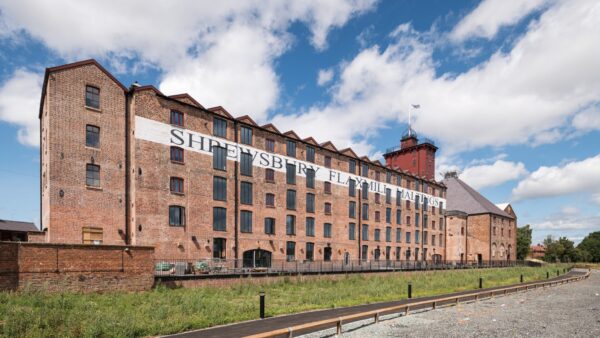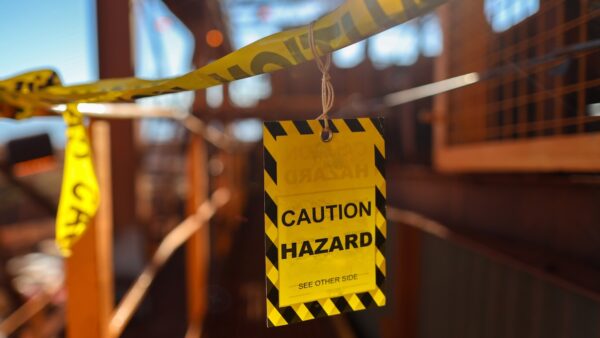The Environment Agency is to use low-carbon concrete by default when constructing flood defences and other critical infrastructure in order to meet its target of becoming net zero by 2030.
The body said it would need to reduce its carbon footprint by 45% in order to meet the target. In addition to low-carbon concrete, it will employ energy-efficient pumps to help move water away from homes during floods, switching to only electric cars by 2023, and reducing the overall number of vehicles.
Low-carbon concrete has already been used by the EA to construct the recently completed Hythe Ranges sea defence, helping to cut more than 1,600 tonnes of emissions from the project’s footprint and protecting 800 homes from flooding. More than half of the EA’s carbon emissions currently come from the construction of flood defences.
The Environment Agency has previously used Cemfree in its infrastructure projects, which according to its manufacturer’s claims, saves up to 80% in embodied carbon compared to a conventional mix.
The Environment Agency added that its contractors and suppliers would be “pushed to take action”, with large contracts including commitments to reduce carbon footprint year-on-year.
Environment Agency staff will continue to receive support to work from home and reduce emissions from commuting. Flexible working arrangements during the pandemic have already reduced the Environment Agency’s emissions from business travel by 48% and emissions from buildings by 22%, against the previous financial year.
An offsetting strategy, due by April 2022, is also in development to address all remaining emissions.
Sir James Bevan, chief executive of the Environment Agency, said: “Reaching net zero will be one of the biggest challenges the Environment Agency has ever faced. It will require every single one of us to play our part, and to think and act differently.
“We will integrate net zero into every aspect of our work over the coming decade. By learning, sharing best practice and partnering with our suppliers, businesses and communities across the country, we will do everything we can to play our part in becoming a net zero nation and tackling the climate emergency that we all face”.
Emma Howard Boyd, chair of the Environment Agency, said: “We can’t insulate our activities from the wider economy’s impact on the climate, which is why the Environment Agency’s work to help the country become more resilient to shocks like floods and heatwaves has never been more important.
“You can do both. We are working with businesses and Departments across government to create resilient infrastructure and reach net zero at the same time, with tools like low carbon concrete. As a global ambassador for COP26’s Race to Resilience, I aim to bring practical examples of this work to the attention of the world.”










